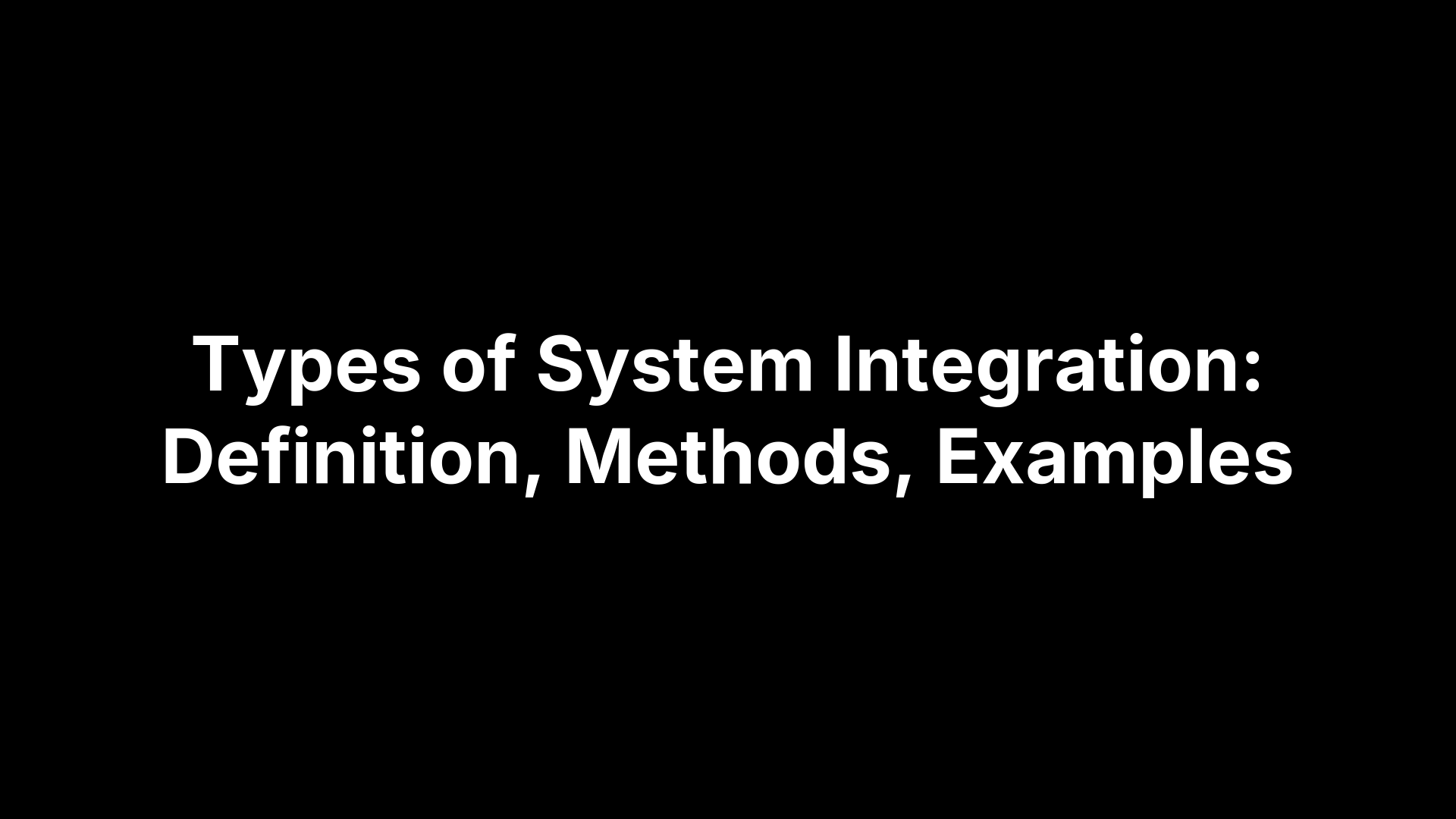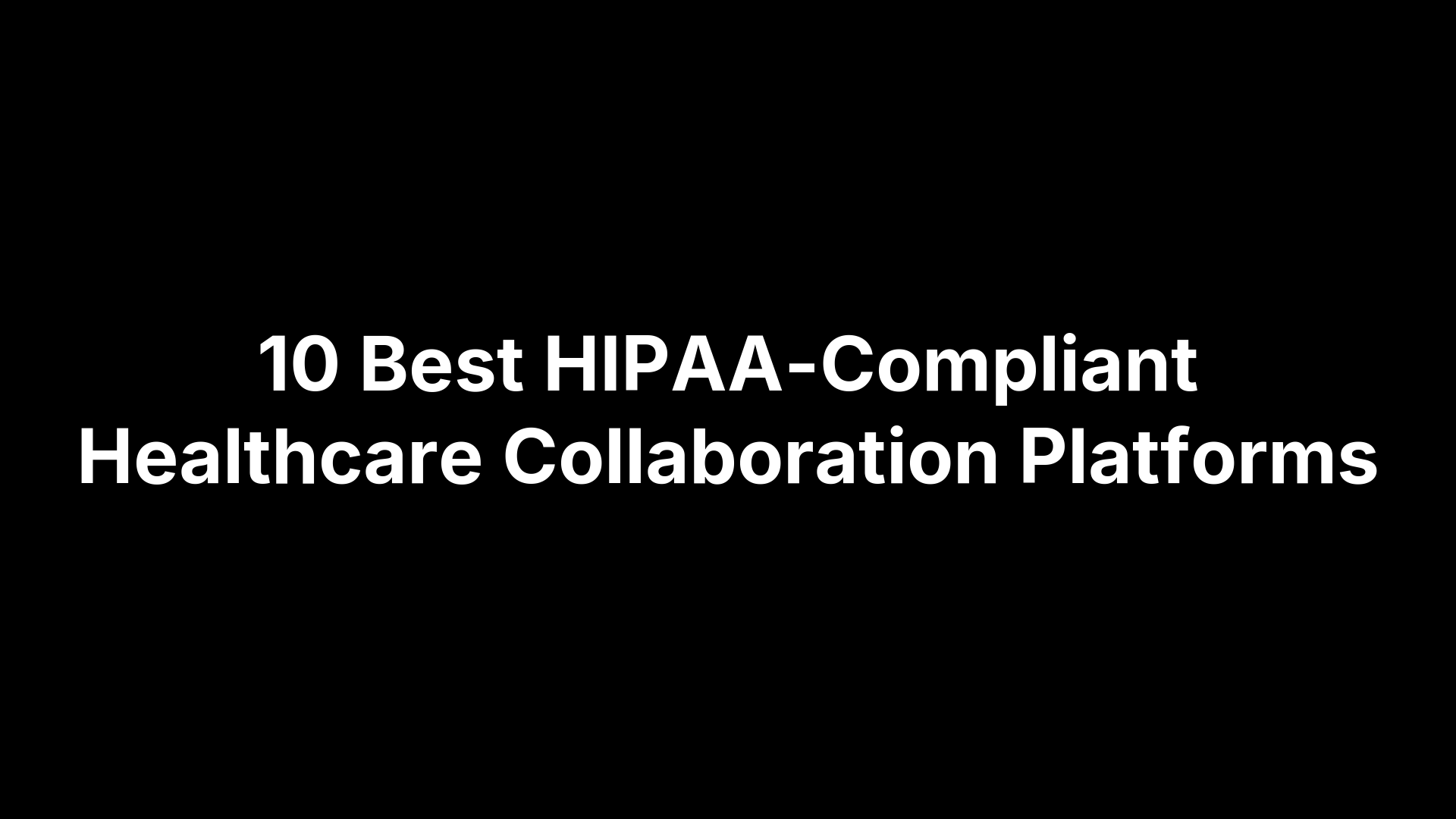Patient Experience Best Practices: 6 Proven Tips for 2025


Patient Experience Best Practices: 6 Proven Tips for 2025
Patients remember how care felt: the silence while waiting for a ride that’s late, the jargon they didn’t understand, the handoff that missed a crucial detail. Leaders feel it too—phone-tagged coordinators, fragmented vendors, and rising costs that erode trust and margins. As we head into 2025, patient experience isn’t just bedside manner; it’s an end-to-end system of logistics, communication, equity, and reliability. Done well, it shortens stays, prevents readmissions, boosts CAHPS scores, and frees teams to do their best work. Done poorly, it drives leakage and burnout.
This guide offers six proven, practical moves you can implement now. You’ll learn how to unify care transitions and services with modern patient logistics, hardwire empathy using plain language and the 4Cs, shrink waits with digital self-service and proactive updates, build a real-time feedback and service recovery loop, embed equity and language access in every workflow, and engage your workforce to deliver consistently. Each tip includes why it matters, how to operationalize it, and the metrics to track—so you can turn good intentions into measurable results. Ready to make patient experience reliable, not random? Start with unifying your logistics and transitions.
1. Unify patient logistics and care transitions with VectorCare
When the plan of care depends on timely transport, home health, or DME, any delay becomes the patient’s experience. Phone trees, faxed PCS forms, and scattered vendor lists create uncertainty, longer bed times, and avoidable costs. VectorCare centralizes scheduling, vendor coordination, messaging, and billing so teams confirm services in minutes, not hours—organizations routinely see up to a 90% reduction in scheduling time and significant annual savings by streamlining these handoffs.
Why it matters
Care transitions are where trust is won or lost. Patients want clear ETAs, predictable handoffs, and one message thread—not three voicemails. Unifying logistics is one of the most durable patient experience best practices because it removes friction at discharge, shortens stays, and reduces preventable complications tied to delayed services.
How to put it into practice
Build one connected workflow from order to completion so every stakeholder sees the same plan, timeline, and updates.
-
- Integrate once: Use Connect to tie EHR, CAD, and billing so orders, demographics, and documentation auto-flow into the logistics workflow.
-
- Standardize the workflow: In Hub, design discharge and service pathways (e.g., NEMT, ambulance, home health, DME) with protocols, required fields, and digital PCS signatures.
-
- Operationalize your network: In Trust, onboard and credential vendors, publish coverage rules, rates, and policies, and route work to the right, compliant partner.
-
- Automate dispatching: Let ADI propose schedules, negotiate prices within guardrails, allocate resources, and trigger confirmations and reminders.
-
- Communicate in real time: Replace phone tag with secure messaging and live status updates (requested → accepted → en route → at bedside → delivered).
-
- Close the loop on payment: Use Pay for clean, consistent invoicing, ACH/credit card options, and automated notifications.
-
- Continuously improve: Use Insights dashboards to spot bottlenecks and refine protocols.
Metrics to track
Measure the reliability of transitions and the effort required to achieve them.
- Order-to-confirm time: Minutes from service request to confirmed vendor and ETA.
- Bed hours saved: Discharge-ready to door-out interval.
- On-time pickup/arrival rate: Percentage of transports meeting scheduled windows.
- Same-day discharge completion rate: Discharges completed within target time.
- Readmission and no-show flags: 7–30 day readmissions tied to transition delays; post-acute appointment no-show rate.
- Manual contact reduction: Calls per booking replaced by in-platform messages.
- Vendor compliance rate: Credentials current, policy adherence, and audit pass rate.
- Invoice cycle time and denial rate: Time to clean claim/payment and proportion denied or disputed.
2. Lead with empathy, plain language, and the 4Cs at every touchpoint
Every interaction is a chance to earn trust or create doubt. Leading patient experience best practices center on empathy, plain language, and consistent behaviors that make care feel safe and personal—especially during handoffs and decisions.
Why it matters
Trust is built fast—and it sticks. Press Ganey advises that caregivers can create a meaningful connection in under a minute and recommends the 4Cs: Connect, Check, Concerns, Commit. Using plain language, talking to the patient (not about them), and involving loved ones improves understanding and confidence, which drives better ratings and adherence.
How to put it into practice
Make the first minute and the final 30 seconds of every encounter intentional.
-
- Connect: Share name, role, purpose, timing; make eye contact; include loved ones.
-
- Use plain language: Avoid jargon; apologize for delays; explain what happens next.
-
- Interpreter first: Communicate in the most appropriate language; use certified interpreters.
-
- Check understanding: Narrate safety checks and handoffs; ask patients to restate the plan.
-
- Surface concerns: Acknowledge emotions; invite questions; agree on an action plan.
-
- Commit: Specify next touchpoint and who returns; offer a clear, sincere close.
Metrics to track
Measure communication quality and reliability at the point of care.
- CAHPS/HCAHPS composites: Nurse/doctor communication, care transitions, meds communication.
- Top-box shift: Percent “always” for listening, explanations, respect.
- Interpreter utilization: Rate of interpreter use when preferred language ≠ English.
- Teach-back documentation: Encounters with confirmed understanding.
- 4C adherence: Checklist completion during bedside handoffs/rounding.
- Service recovery activations: Issues tied to communication/empathy triggers.
3. Cut waits and uncertainty with digital self-service and proactive updates
Perceived time is as powerful as actual time. When patients don’t know what’s happening next—or why it’s late—anxiety spikes and trust drops. Digital self-service (pre-check-in, e-forms, scheduling) and proactive status updates turn idle minutes into transparent moments, a cornerstone of patient experience best practices. Even simple, timely messages that acknowledge a delay and set a new expectation beat silence every time.
Why it matters
Long waits are a top patient complaint, and uncertainty makes them feel longer. Clear, plain-language updates and reduced paperwork ease stress and improve satisfaction. Letting patients confirm information already on file instead of re-entering it, and notifying them of a 15-minute delay rather than leaving them guessing, are small moves with outsized impact on confidence and ratings.
How to put it into practice
Build a “no surprises” model for before, during, and after the visit.
- Enable digital pre-visit: Offer pre-check-in, e-consents, and document upload; auto-fill known data and PCS e-signatures to avoid duplicate forms.
- Show live status/ETAs: Display clear states (e.g., requested → accepted → en route → at bedside) and expected times for appointments, transports, and discharges.
- Push proactive updates: Trigger plain-language texts/portal alerts for delays with a new ETA and next step; set thresholds (e.g., +10 minutes) for automatic notifications.
- Standardize scripts: Create brief templates for teams to apologize, explain, and reset expectations consistently across settings.
- Offer self-service changes: Let patients reschedule or confirm rides/visits digitally when plans shift, reducing no-shows and phone tag.
- Tighten handoffs: Integrate EHR and logistics so schedules, forms, and updates flow without manual re-entry.
Metrics to track
- Door-to-provider time: Average and 90th percentile by clinic/unit.
- On-time start rate: Appointments/transport pickups within target window.
- Update compliance: Delays with a proactive notification sent.
- Digital adoption: Percent of visits with pre-check-in/e-forms completed.
- Repeat data entry rate: Fields re-entered vs. confirmed.
- Status-related calls: Calls per visit about “Where is my ride/doctor?”
- Cancellation/no-show rate: Tied to delays or lack of updates.
- Top-box timeliness: Patient ratings on wait time and being kept informed.
4. Capture real-time feedback and practice service recovery, not damage control
When a ride is late or a meds explanation misses the mark, waiting for a post-visit survey is too late. The most reliable patient experience best practices catch issues in the moment and resolve them before the patient leaves. A real-time feedback loop paired with rapid service recovery turns small slips into saved relationships—and prevents escalations that drain time and trust.
Why it matters
Patients value being heard quickly and clearly. Real-time channels—digital rounding, bedside prompts, and quick scans—surface concerns while you can still act. Simple tools like QR codes that route feedback to staff in real time enable immediate follow-up, while continuous listening and plain-language responses prevent small frustrations from becoming formal complaints. Done consistently, this improves understanding, confidence, and ratings on communication and care transitions.
How to put it into practice
Build an always-on, closed-loop system that makes it effortless to speak up and easy for teams to fix the issue now.
- Stand up multiple input channels: room QR codes, SMS prompts, tablets during rounding, and quick post-visit check-ins.
- Route in real time: triage by location/theme; auto-notify the accountable nurse, unit leader, or dispatcher with clear SLAs.
- Use a simple recovery script: acknowledge, apologize, state the fix and timeline, and confirm satisfaction in plain language.
- Solve in the moment: trigger clean-up, meal, transport, or medication clarifications; use secure messaging to coordinate action fast.
- Close the loop visibly: document the resolution, send a brief “we fixed it” confirmation, and capture a one-tap satisfaction check.
- Learn and improve: tag themes, analyze verbatims, and review weekly to address systemic drivers—not just one-off events.
Metrics to track
- Time to first response: Minutes from signal to human reply.
- Time to resolution: Median and 90th percentile.
- On-site save rate: Issues resolved before discharge.
- Recovery activations: Events per 100 encounters.
- Theme distribution: Top drivers by unit/service line.
- Sentiment shift: Pre/post-recovery satisfaction on the same encounter.
- Escalation rate: Informal complaints that become grievances.
- CAHPS top-box lift: Communication and care transitions composites tied to recovered encounters.
5. Hardwire equity and language access into every workflow
Equity isn’t a side project—it’s the reliability of care for every patient, regardless of language, disability, income, or zip code. The most durable patient experience best practices make equity operational: preferred language captured once, certified interpreters routed automatically, accessible updates sent in plain language, and logistics matched to real mobility and home needs.
Why it matters
Many patients already feel the system doesn’t meet their needs, and trust quickly erodes when communication isn’t in their language or when accommodations lag. Press Ganey’s basics are clear: communicate in the most appropriate language, use plain language, talk to the patient (not about the patient), and include loved ones. Making those behaviors automatic improves understanding, safety, and confidence—cornerstones of a reliable experience.
How to put it into practice
Build equity checks into the same rails that move orders, schedules, and messages.
- Capture once, route everywhere: Record preferred language, communication needs, and mobility at intake; auto-flag interpreter and transport requirements via Connect and Hub.
- Interpreter-first workflows: Require certified interpreters (on-demand or scheduled) for care, consents, and discharge; document usage in the encounter.
- Plain-language by default: Standardize scripts and teach-back; provide translated instructions and e-forms so patients confirm data instead of re-entering it.
- Accessible updates: Send proactive SMS/voice/portal updates in the preferred language; invite a designated family contact when appropriate.
- Equitable logistics: In Trust, tag vendors with wheelchair/bariatric capabilities and service geographies; route ADI to compliant partners that meet patient needs.
- Measure and close gaps: Use Insights to stratify timeliness, communication, and outcomes by language, race/ethnicity, and zip; prioritize fixes.
Metrics to track
- Interpreter utilization rate: When preferred language ≠ English.
- Time-to-interpreter: Minutes from request to connect.
- Teach-back completion: By language and unit.
- Translated discharge provided: Percent of eligible encounters.
- On-time pickup and door-to-provider: Stratified by language/zip.
- Accommodation fulfillment rate: Mobility/hearing/vision needs met.
- CAHPS top-box gap: Communication and care transitions by demographic group.
- Communication-related complaints: Volume and trend after interventions.
6. Equip and engage your workforce to deliver reliably, every time
Reliability is a human sport. If your nurses, coordinators, and dispatchers are burned out or flying without standard cues, even the best tools won’t save the experience. The most durable patient experience best practices give teams clear behaviors, remove friction, and close feedback loops so people can perform at their best—especially in high-volume, high-variability settings.
Why it matters
Post-pandemic turnover and training gaps strain consistency; Press Ganey notes staff RN turnover is over 27%, and many clinicians trained amid crisis missed foundational experience-building. Re-centering on empathy, plain language, and standard processes (like the 4Cs) makes care feel predictable and safe, while removing manual busywork frees time for connection.
How to put it into practice
Make it easy for the right behaviors to happen every time—and hard for variation to creep in.
- Codify the essentials: Embed 4Cs, teach-back, and bedside handoff scripts in unit checklists; practice the first minute and last 30 seconds of every encounter.
- Coach in the flow: Use brief huddles, peer observation, and digital rounding to reinforce plain language, empathy, and inclusion of loved ones.
- Lower the workload: Standardize workflows in Hub, automate dispatch with ADI, and move updates to secure messaging so clinicians spend fewer minutes on phones and more with patients.
- Interpreter-first training: Drill when and how to bring a certified interpreter; document usage and close gaps uncovered in equity reviews.
- Make it safe to speak up: Encourage incident reporting as system learning (not blame); fix process defects and share wins quickly.
- Recognize what you want repeated: Highlight great recoveries, on-time handoffs, and clear explanations in staff forums and leader rounds.
Metrics to track
Track both people and process reliability, and tie recognition to what moves.
- Turnover and intent-to-stay: Especially for early-tenure nurses and coordinators.
- Engagement/rounding participation: Attendance and coaching moments captured.
- Training and checklist adherence: 4C use, teach-back documentation, handoff checklists.
- Interpreter utilization when indicated: Plus time-to-interpreter.
- Workload relief: Calls per booking and minutes reclaimed via in-platform messaging/automation.
- Issue learning rate: Incident reports resolved with a system fix.
- CAHPS top-box: Communication, care transitions, and meds explanations linked to trained units.
Putting it all together
Patient experience becomes reliable when it runs on a single operating system: unified logistics for transitions, empathy and the 4Cs at the bedside, digital self-service with proactive updates, real-time feedback with service recovery, equity and language access by default, and an equipped workforce. Track what proves it’s working—order-to-confirm, door-to-provider, interpreter utilization, and CAHPS top-box.
Start small and expand fast: pick one high-friction transition, map the workflow, standardize scripts, trigger proactive updates, and close the loop on feedback—then scale across units. If you’re ready to compress the time and effort between plan and execution, unify your logistics with the VectorCare patient logistics platform.
The Future of Patient Logistics
Exploring the future of all things related to patient logistics, technology and how AI is going to re-shape the way we deliver care.



